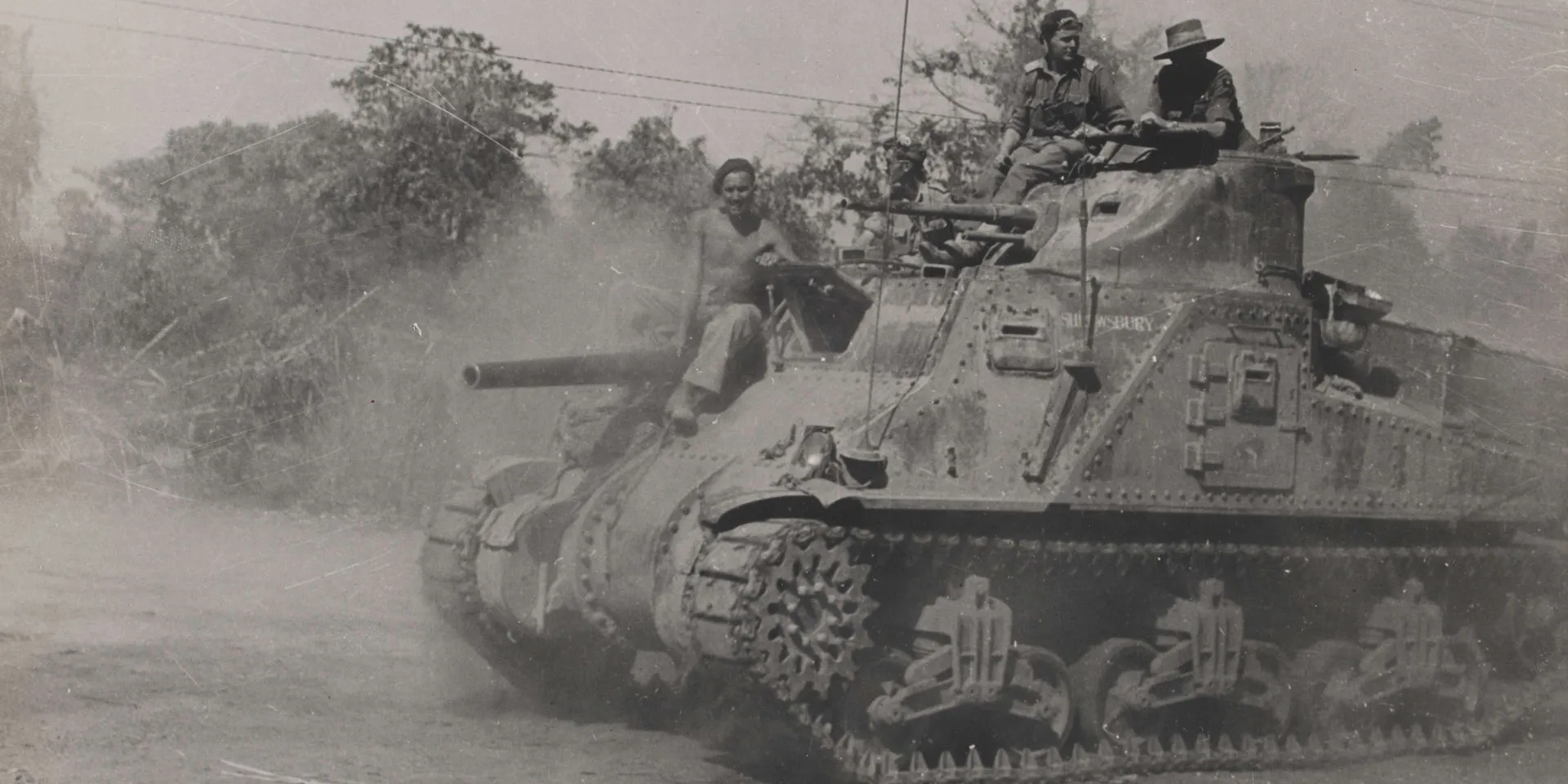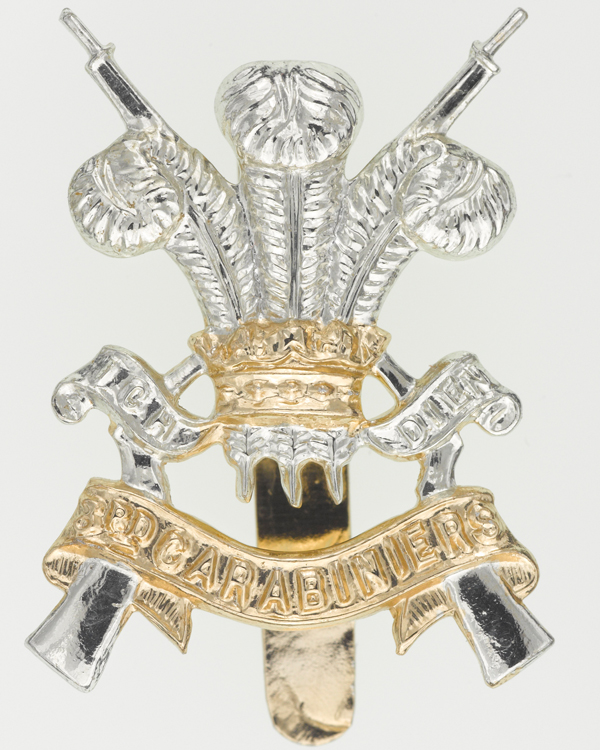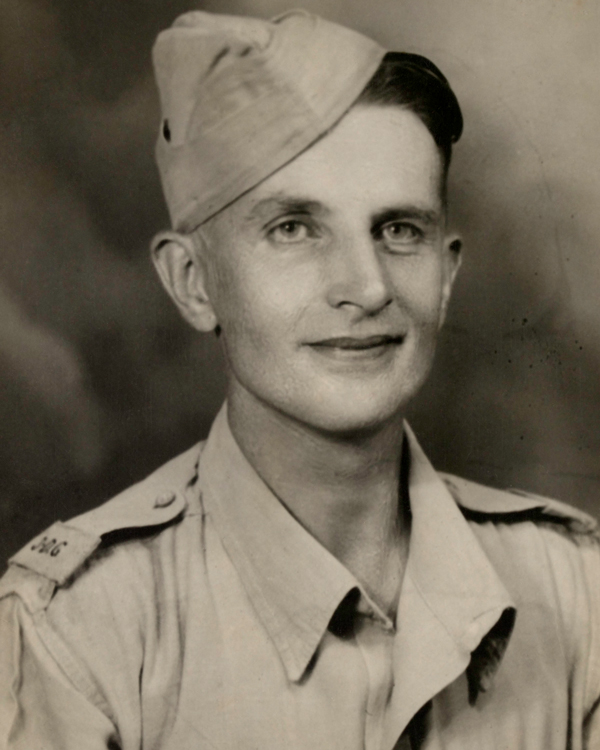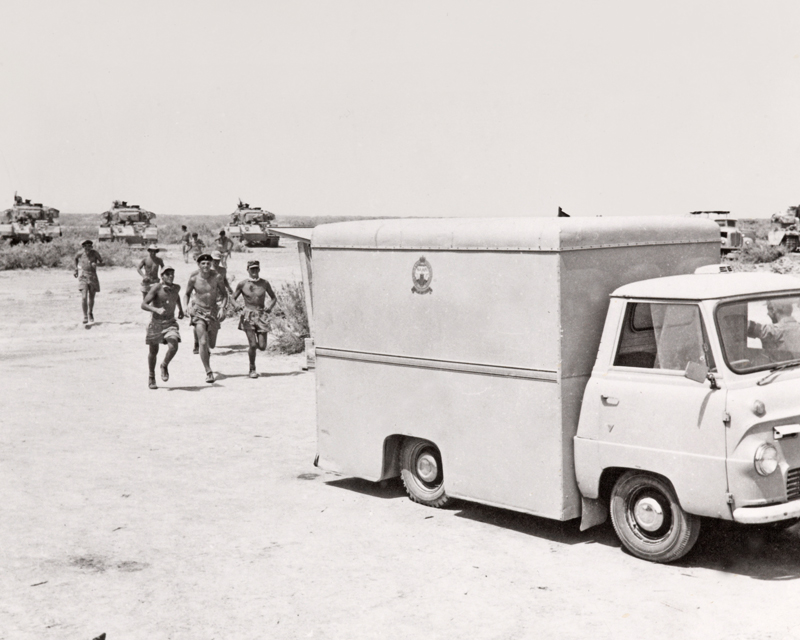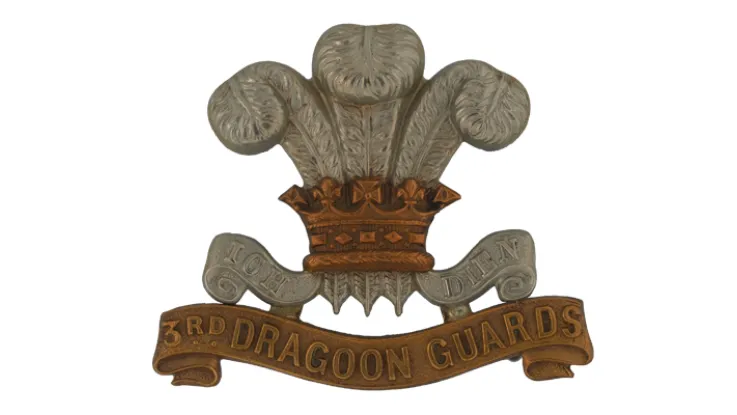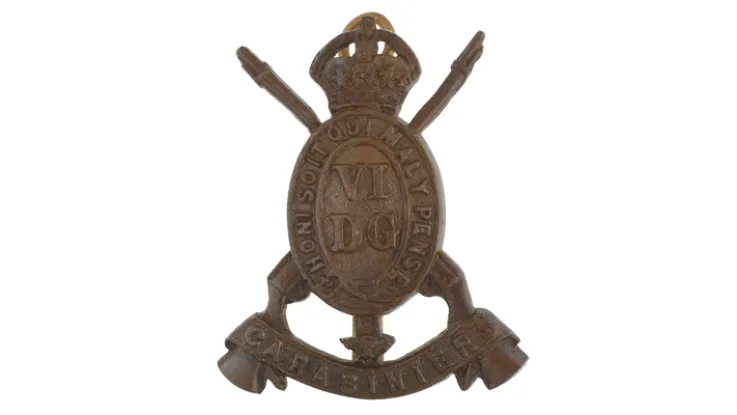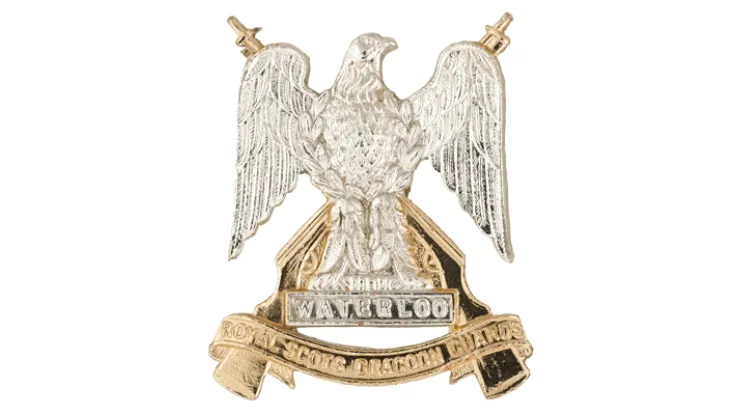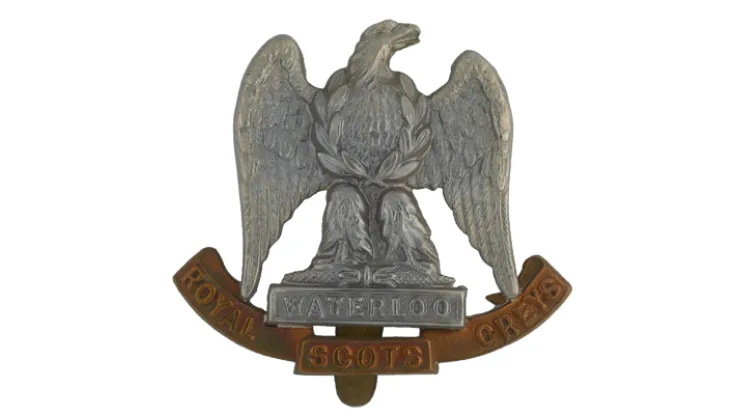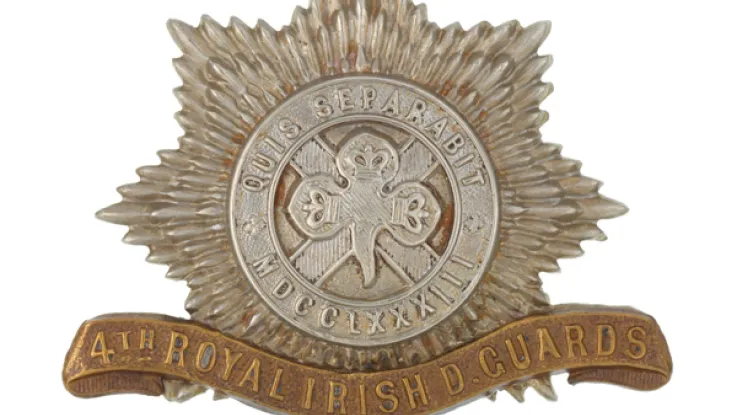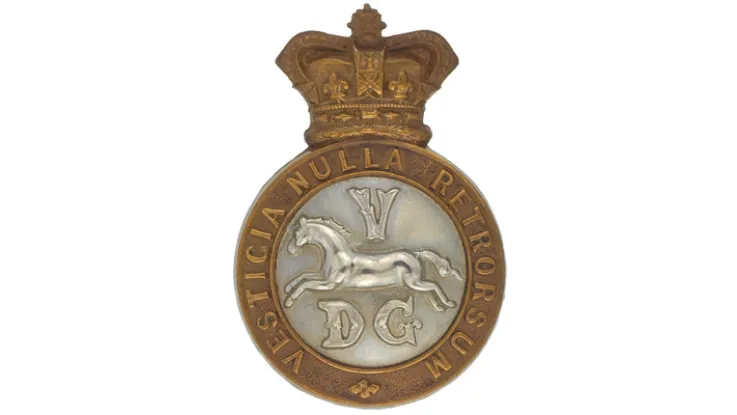Explore more from Regiments and Corps
3rd Carabiniers (Prince of Wales’s Dragoon Guards)
3 minute read
Origins
This regiment was formed in 1922 by merging the 3rd Dragoon Guards (Prince of Wales's) and the 6th Dragoon Guards (Carabiniers), both of which were in India at the time.
The new unit was originally named the 3rd/6th Dragoon Guards, but this was amended to the 3rd Carabiniers (Prince of Wales's Dragoon Guards) six years after its formation, retaining elements of both predecessor regiments' names.
It was stationed in England from 1925 to 1936, before embarking for southern India. Two years after its arrival there, the regiment mechanised and became part of the newly formed Royal Armoured Corps.
Second World War
For the first four years of the Second World War (1939-45), it remained in southern India to guard against a Japanese invasion. In February 1941, a cadre was split off to form the 25th Dragoons. That unit only lasted until 1947, but it fought in the Burma campaign, including the Battle of the Admin Box (1944).
The 3rd Carabiniers' first action came in April 1944, when its M3 Lee Medium tanks were deployed to north-east India. It fought at Imphal, helping to recapture the Nunshigum Ridge where all of 'B' Squadron's officers were killed. The regiment then took part in the subsequent advance into occupied Burma and the capture of Mandalay.
Post-war
It remained on garrison duty in the subcontinent until the Partition of India in 1947. It then mainly alternated between England and West Germany, with the British Army of the Rhine, for the rest of its existence.
In 1961, a single squadron of the regiment was sent to Aden. Later that year, the entire regiment deployed to the Middle East to deter Iraqi threats to seize Kuwait.
In 1967, it switched from tanks to reconnaissance scout cars. The following year, it sent detachments to Cyprus.
Legacy
In 1971, the regiment returned from Germany and amalgamated with The Royal Scots Greys (2nd Dragooons) at Edinburgh to form The Royal Scots Dragoon Guards (Carabiniers and Greys).
Regimental museums
The National Army Museum works with a network of Regimental and Corps Museums across the UK to help preserve and share the history and traditions of the Army and its soldiers.
Discover more about the 3rd Carabiniers (Prince of Wales's Dragoon Guards) by visiting the Royal Scots Dragoon Guards Museum at Edinburgh Castle and the Cheshire Military Museum in Chester.

